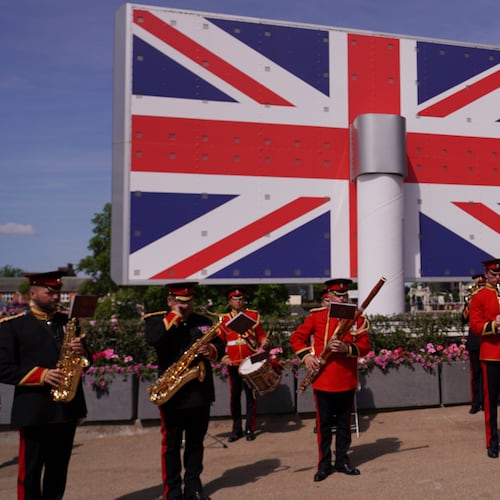National prognosticators insist Georgia will be in play in November for the first time in 20 years. Real Clear Politics labels our state as one of a dozen “toss-ups.” The University of Virginia’s Center for Politics, which assigns all states to one party or the other, lists Georgia and Arizona as the least firmly Republican.
Now NPR has a new online gadget to test what seems to be the working theory of Donald Trump’s candidacy: He’ll win if more white voters show up and vote GOP than in recent elections. Users can adjust the share of the vote and turnout among white, black and Hispanic voters to see how the results might change.
The most interesting thing about the NPR model to me is how likely it deems a Hillary Clinton win in Georgia. With partisan shares of the vote and turnout the same as in 2012, adjusted only for 2016 demographics, NPR’s model predicts she’ll win by 2.5 points. That would be a huge swing from 2012, when Mitt Romney won by almost 8 points. Is it really possible?
In the scenario with the narrowest Trump win using NPR’s model, Georgia would be the last state in his column. We would go Republican by a smaller margin than such purple states as Florida, Colorado, Ohio and even Pennsylvania.
Frankly, I have a hard time believing Trump will win Ohio by almost 4 points, Pennsylvania by more than 3 — and Georgia by less than 0.2. Delving into their data, I think I know why the model has it wrong.
For one thing, the model assumes a jump in black voters beyond even what Barack Obama inspired in 2008. Its underlying data show black voters making up 34.5 percent of Georgia’s electorate. In 2008 they hit a record of 30.1 percent, before sliding to 29.9 percent in 2012 and 29.3 percent among registered voters as of April.
Based on the historic turnout levels of 2008, for NPR’s model to be correct there would have to be almost half a million more black and Hispanic voters this year. Recall that the much-hyped New Georgia Project two years ago sought to increase minority registration by just 120,000 but fell tens of thousands short. The group’s goal this year is 170,000 — ambitious, and yet only one-third of that half a million.
One wild card here is that the fastest-growing group of voters in Georgia aren't black or Hispanic, but "unknown," a group that now makes up 7.8 percent of registrations. If we assume a disproportionate share of them are black or Hispanic, those groups might reach the share of the vote NPR's model assumes. But even then, would it change the outcome of the election?
Despite some large demographic shifts already, the GOP share of Georgia’s presidential vote has been consistent. In 2000, George W. Bush won 54.7 percent. The average GOP share of the vote in the three elections since: 54.5 percent. In 2012, Romney came within 1.5 points of Bush’s result in 2000 — even though the white share of Georgia’s electorate had fallen by almost 14 points.
Georgia may be more competitive this year, especially with third-party candidates getting more traction than usual, and it’s certainly possible Trump could fritter away his built-in advantages here. But beware predictions that Democrats will turn Georgia blue with little more than demographic increases. The numbers just aren’t there yet.
About the Author
Keep Reading
The Latest
Featured

